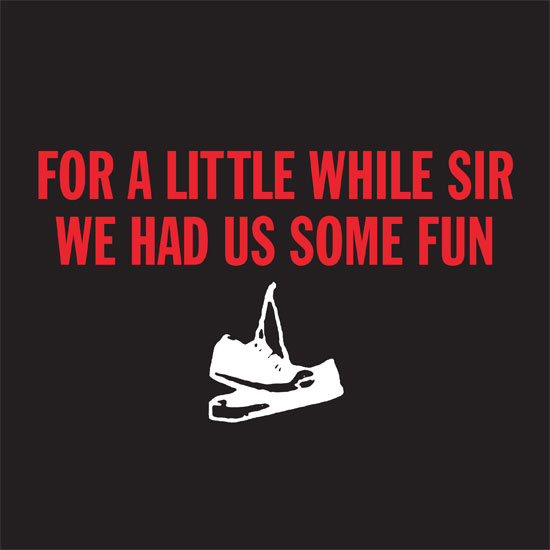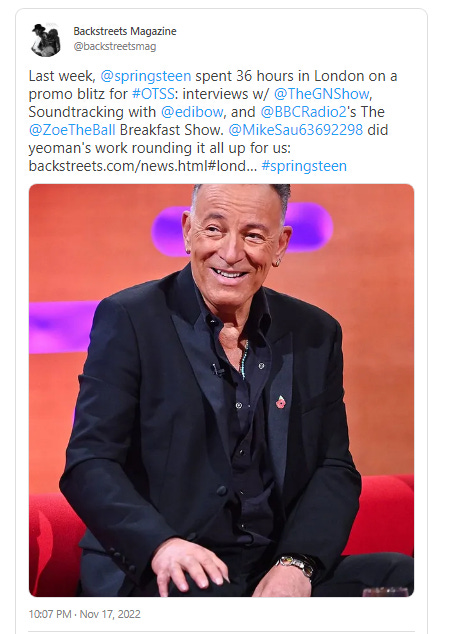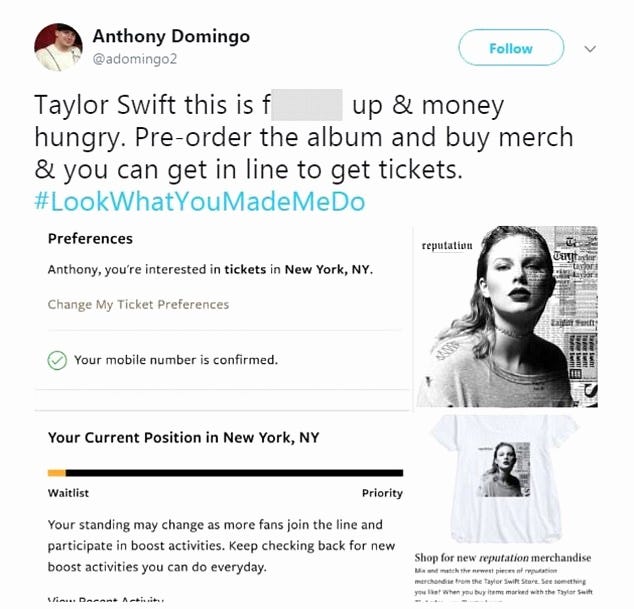The Big Business of Stan Culture
How old-school fandom lost out, and standom became the new profit doctrine
Taylor Swift is now a billionaire, and some reactions to this news are questionable.
Ted Gioia, respected music writer, celebrated this as a win for old-school business practices, saying she accomplished this by “embracing everything that was supposedly dead and outdated in the music business.”
While Gioia’s argument is that Swift’s team is embracing old-school business models, mine is that she is advancing the stan culture model where casual fans are ushered up the fan pyramid until they reach the desirable tier of stan, aka customer evangelist or acolyte.
If this seems cynical, you should know that it is explicitly promoted by executives behind the curtains, including by venture capitalists such as Li Jin, who advocates a move towards more money from fewer fans, where “users are willing to pay more for something that benefits themselves” in which the “benefit” is an intangible temporary emotional response for the fan, and a lot more money for the brands.

Old-school vs New-school
In order to provide a comprehensive illustration of what old school vs new school approaches we need case studies, and I’m going to revisit two favourites, old school Bruce Springsteen and new school Louis Tomlinson.
Springsteen represents the old-school approach because he predates the current stan culture climate. That doesn’t mean he doesn’t have extremely devoted fans— in fact, one of the best books I’ve read on fandom is Daniel Cavicchi’s Tramps Like Us: Music & Meaning Among Springsteen Fans, which is an ethnography of his fandom from 1998.
“Rather than thinking about music fandom as pathology or as resistance, to me it might be more interesting to think about music fandom as the creation of much-needed meaning in the daily lives of otherwise ordinary people, a way in which members of this modern media-driven society make sense of their selves and their relations to others.”
— Daniel Cavicchi
Before there were online Update Accounts and fandom hierarchies, there were zines and fan clubs. Backstreets was the fan-run magazine for and by Springsteen fans for 43 years.
Was, because it shuttered in early 2023 due to the Ticketmaster kerfuffle of 2022.

This wasn’t the first time Springsteen was in hot water due to high ticket costs, but as Backstreets pointed out in their July 2022 editorial Freeze-Out, this felt different. This was a feature, not a bug. In 2009, Ticketmaster apologized to Springsteen and his fans for “accidentally” directing ticket buyers to their secondary sellers; in 2022, Springsteen shrugged his shoulders and claimed the tickets were “totally affordable.”
Taylor Swift also received backlash for the chaotic on-sale of her 2023 Eras Tour; a disaster of such magnitude, Ticketmaster ended up apologizing at the US Senate.
But that wasn’t the first time Swift’s been under fire for her platinum pricing; in 2018, she collaborated with Ticketmaster to create “Swift Tix” a portal that allegedly was for the benefit of the fans.
But the purpose of Swift Tix was to pit fans against one another, signing up gave you access to the ticket portal, not the on-sale. In order to get ticket access, you were encouraged to participate in “boost activities” which were primarily monetary purchases, encouraging overconsumption to move up the fluctuating rankings.
The currently unavailable video highlighted that your status in line moved up and down depending on others’ participation in boost activities. In other words, fans were tasked with outspending each other.
And once the tickets were released, they were also subject to platinum pricing.
This is what I’m talking about when I talk about price gouging and extortion.
Ticketmaster, Live Nation, Billboard, and other industry outlets insist that this approach isn’t exploitative, despite the fact that it manufactures scarcity, exploits true believers’ persistence by driving up the price, and their documented track record of working directly with scalpers, as well as opposing caps on resale pricing.
Many people seem to have forgotten about this fiasco, and even about the more recent Eras Tour pricing. Why? Because there are enough true believers to make up for any fans who are priced out. And to express skepticism and criticism against your fan object in fandom is a very dangerous proposition. It’s how I became exiledfan.
Even without the stan culture infrastructure, without Backstreets magazine, Springsteen is doing fine he’s still touring, and he’s still got the media on his side. He has enough of a foothold that casual fans can sustain his brand for the foreseeable future.
The stan culture approach goes beyond ticket pricing, which is where Louis Tomlinson comes in. He is one of many performers who exist in the shadow of the mainstream, but subsist with the assistance of dedicated fans. Like Swift, he also heralded a worldwide theatrical release earlier this year, which received next to no coverage in the mainstream but still attracted fans in droves to the theatres.
We can see the collision of old school vs new school; legacy media vs stans in Tomlinson’s chart battle against Springsteen in November 2022, which is why Springsteen remains such a good example of the old-school approach.
Tomlinson’s sophomore album Faith in the Future and Springsteen’s 21st studio album Only The Strong Survive were head-to-head in the UK, with the midweek chart leaning in Tomlinson’s favor.
This meant the battle was on, and Springsteen’s team sent him to the UK for a last-minute PR push, he also received full backing from BBC Radio which gave him spins and declared OSS “Album of the Week.”

Tomlinson’s mainstream coverage was nil. He was out of commission due to a fractured arm, but there had been no scheduled interviews or radio spins that could alert or familiarize the public with his new music.
Instead, his team focused on galvanizing the fan base and releasing more “limited edition” copies targeted to those who already bought in. Stans wanted this number one, and there were store buyouts and streaming parties as well as orders for copies to be sent to libraries and UK radio stations as a dig to their apparent blacklisting.
Ultimately, the stans succeeded and their persistence secured Tomlinson his first #1, without any aid from legacy media or old-school outlets.
As much as a win that this might have felt like for fans, it ultimately didn’t do much in the big picture. This is par for the course for performers who subsist off of stan devotion; it’s an insular process that demands more and more from the same group of people, whose finite resources are no match for emotional attachment which, “is an unlimited resource. It’s always there, waiting to be tapped.”
This is how Swift and many other successful artists of today are powering their fandom engines. You probably haven’t heard of the majority of them because the monetary impact fans have isn’t reflected in culture or the mainstream without the Old School tactics and legacy media.
But just because they’re not making headlines doesn’t mean there isn’t a cultural impact. The increasing frequency with which fan tantrums and abuses are reported is barely the tip of the iceberg.
Stan culture delivers the money, but it also delivers the tantrums and “crises of faith” that spill into culture wars and anti-fandom sentiments. And that’s what we’re feeding into when we celebrate the wins accomplished with this process, turning a blind eye to what powers these engines.
The unlimited spring of emotion does not differentiate between love and hate. The tantrums, the anti-fandom, the harassment and abuse of perceived enemies, whether fellow fans or public figures, is a feature of the doctrine, not a bug.






This seems very akin to the "whale hunting" tactics used by many video games, especially free mobile ones: they're okay with most people barely playing and spending nothing, because what they really want is to addict some "whales" who will spend thousands of dollars on lootboxes.
I wonder how much Gamergate and its legacy has to do with this. I was a metalhead about 10 years ago, and metal was one of the oldest of the old-school subcultures, and for all the negative consequences it had, the "gatekeeping" also ensured that people who were accepted and initiated as metalheads by metalheads would themselves pass on the traditions and maintain them something as separate from corporate marketing and fan-baiting campaigns. It is almost impossible to imagine any such scene existing today, and I think Gamergate breaking the unity of not just metal but pretty much all "nerdy" subcultures and permanently linking (arguably beneficial) attempts to keep out "trendies" and proto-influencers with (unarguably toxic) attempts to keep out women and POC smashed any possibility of fandoms existing independently of the fan objects and intellectual property holders--the very tools for doing so had become discredited by association with Gamergate hate mobs.